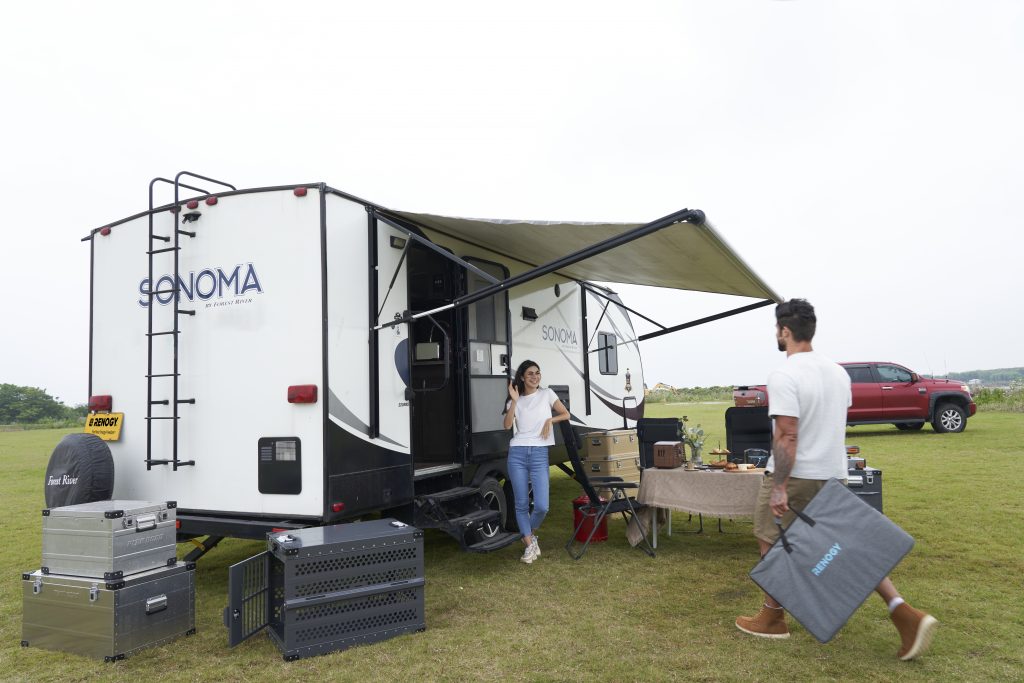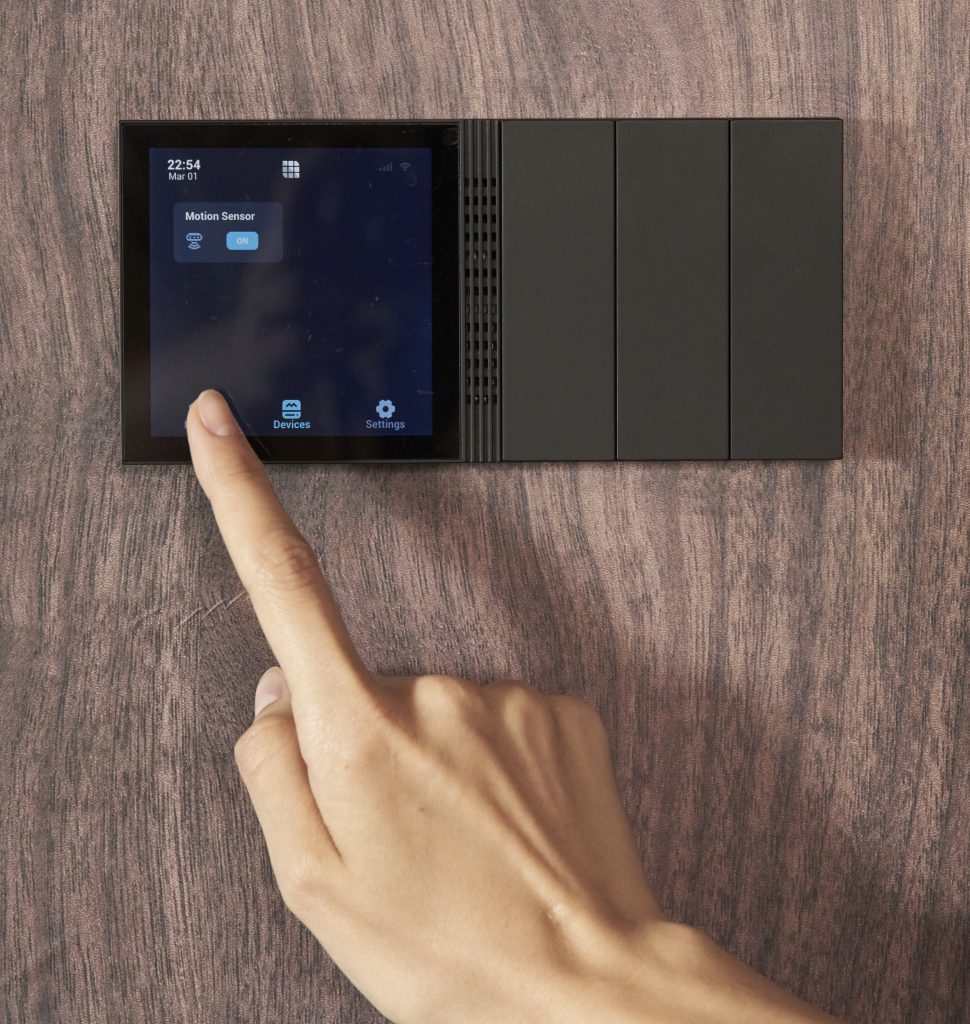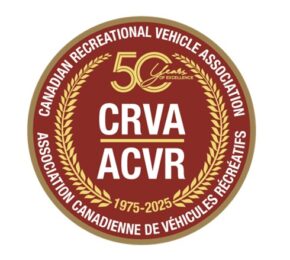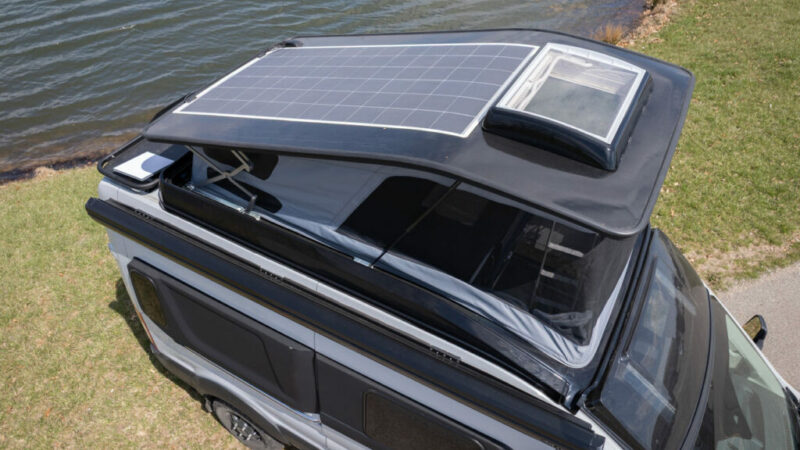Manage Your RV’s Power to…
Manage Your RV’s Power to Achieve Off Grid Freedom
A special feature by Yi Li, Founder and CEO of Renogy
Freedom is part of the attraction of hitting the road in an RV, trailer, or fifth wheel. You can travel anywhere when you want to, and you take your home with you. Today’s RVs are tricked out with all the comforts of home, and some RVers are even working from the road, using cellular and satellite connections to get internet access. If you want real self-contained freedom, you must bring your power with you.
RV appliances, lights, and plugs need power. If you are using campgrounds, you can plug in and pay someone else’s electric bill, but more RVers want off-the-grid freedom. If you plan to boondock, you need a reliable energy system. Some prefer generators, but they can be noisy and require propane or fuel, which may be hard to find in the middle of nowhere. To be truly self-sufficient, you must generate enough energy to charge your batteries for the day. You must also pay close attention to power consumption to get the most from available battery power.
Managing energy use becomes critical when you add more appliances and gadgets. You must balance the energy you produce using solar panels or a generator against the power needed for the water heater, stove, refrigerator, air conditioner, lights, etc. You also want a simple, reliable energy monitoring and management system to get the most out of your available power.
Understanding Your Energy Needs
You need to plan your energy generation and power consumption. All appliances and electrical devices use power measured in watts. You add the wattage for all devices operating simultaneously to calculate peak power consumption. Peak usage will determine the capacity of your power inverter, which converts DC to AC power. If your inverter is too small, it will overload. Energy consumption is measured over time in kilowatts per hour (kWh). You also want to include an automated transfer switch to control when the power comes from the inverter and when it comes from an AC power plug.
Daily energy usage determines the size of the battery bank and the solar arrays to charge them. The battery bank should be able to store at least eight hours of energy usage. The solar arrays also should take about eight hours to recharge the batteries for 24 hours of use.
To determine your energy needs, list the devices and appliances you need daily. For example, if you are off-the-grid, you will need to run the refrigerator and the stove but may want to forego air conditioning. Once you have a list of all the necessary appliances and devices, you can calculate your energy needs. Here is a list of some of the “must-haves” for boondocking and their estimated power usage:
- Refrigerator – 3 kWh/day
- Furnace – 0.9 kWh per day
- Cellular signal amplifier – 0.24 kWh/day
- WiFi antenna and router – 0.56 kWh/day
- Lighting – 0.15 kWh/day
- Water pump – 0.05 kWh/day
- Cell phone charger – 0.03 kWh/day
Based on this list, our daily power requirements are almost 5.0 kWh/day. Power usage varies depending on the manufacturers and setup. You may also want to add other appliances, such as television, microwave, coffee maker, etc.
 Stretching Your Battery Power
Stretching Your Battery Power
Efficient energy management also helps you get the most from your battery power. Solar arrays and battery banks come with their own energy monitoring tools, but you want a central energy management system.
Just as environmental controls give you control over your home, manufacturers are introducing energy management systems for your RV’s ecosystem. Using one central control, you can monitor and manage energy consumption, including turning appliances on and off and monitoring power usage.
The better systems consolidate all the data from your energy system. It tells you how much power your solar panels are generating, how your batteries are functioning, and even how your inverters and chargers are performing. These systems can be hard-wired into your RV or use Bluetooth and other wireless technology to make it easier to swap out components.
 A central energy control system like the Renogy ONE makes it easier to manage power consumption. You can use the system to properly monitor power-hungry devices such as air conditioners to ensure your battery is not drained completely. Many systems also are programmable, so you can set the time to turn on the lights or to shut everything down at bedtime.
A central energy control system like the Renogy ONE makes it easier to manage power consumption. You can use the system to properly monitor power-hungry devices such as air conditioners to ensure your battery is not drained completely. Many systems also are programmable, so you can set the time to turn on the lights or to shut everything down at bedtime.
Many of these systems have wireless capabilities and can be accessed remotely. Using a simple iPhone or Android app, you can monitor energy consumption and remotely control appliances, lights, and other devices. Some systems even archive environmental control data to give you a picture of power consumption, identifying which devices are the energy hogs and when are the peak usage times.
Once you have an accurate picture of your power usage, you can develop strategies to extend battery power. Be sure you use energy-conserving LEDs for lighting and turn off all lights during the daytime to save energy. Even orienting our RV can help you save power. Parking north/south in the summer minimizes exposure to the sun and reduces head during the day, while parking east/west exposes the RV side to the sun to capture heat.
The smarter you are about energy usage, the more you will enjoy your time off the grid. Make sure your RV has the proper balance of power generators and battery storage, take an inventory of your power needs, and take advantage of the latest environmental control systems to make the most of your portable power system.

About the author:
Yi Li, Founder and CEO of Renogy
Upon her acceptance to Louisiana State University’s Ph.D. program for Physics in 2007, Yi Li came to the U.S. with two things – her love of science and an ambition to make a positive impact on society. Through her research in alternative energy and superconductivity, Li found a blooming passion for solar energy.
Despite the endless opportunities that solar presented, Li noticed a lack of true understanding amongst the average consumer. So, in 2010, out of Li’s college apartment, came Renogy. Short for Renewable Innovative Energy,
Today, Renogy is a provider of consumer solar panels, batteries, and related solar products based in Ontario, California.
Renogy’s core mission is to provide accessible and reliable renewable energy products to help individuals reduce the need for grid power and minimize their carbon footprint.






